Best compressor pedals 2026: Make your clean tones really stand out
Our experts pick 10 of the best compressor pedals available for all budgets, including an option for bassists
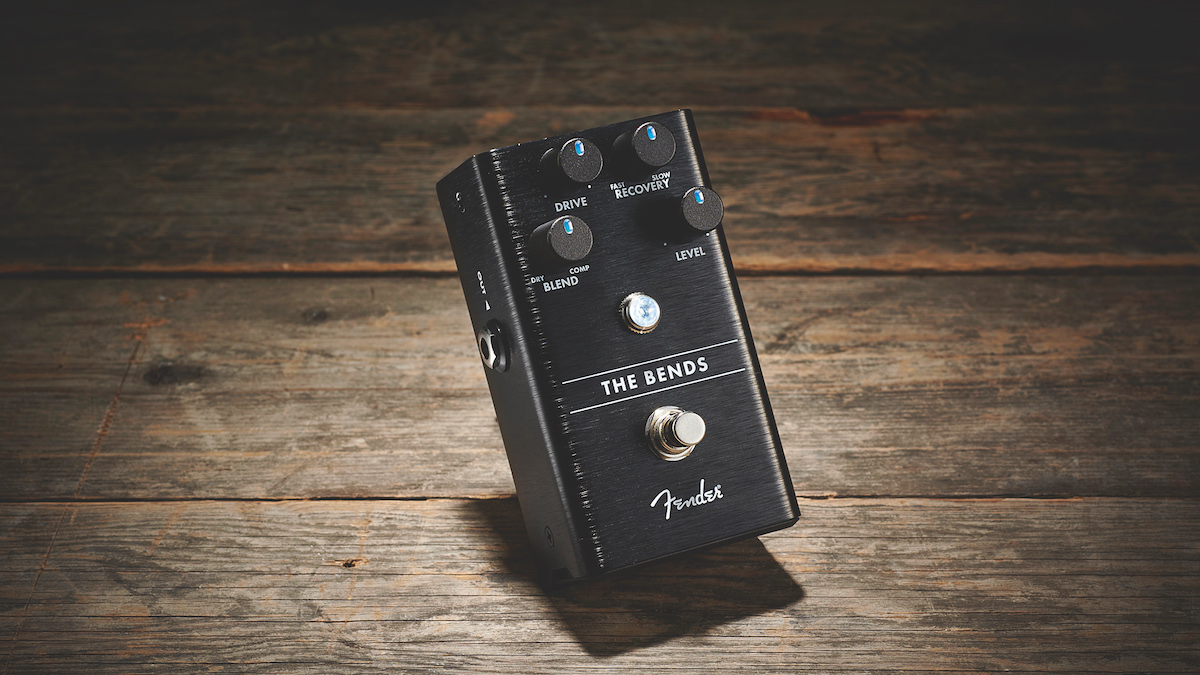
The best compressor pedals are designed to make your guitar tone sound balanced, even and controlled. Although some guitarists like to use compression on their overdrive channels, the compressor’s happy place is in a clean signal chain - and can make the difference between a good tone and a great tone.
While some high-end, hand-wired tube amp might have bags of natural compression, the majority of us guitarists find a pedal to be the more useful and accessible path to take. Being able to squash and sustain your clean tone is a vastly undervalued function, and especially for touring musicians who are provided with local backlines, it can be the only way of guaranteeing a consistent response and tone night after night.
If you’d like to read some more in-depth buying advice about the best compressor pedals, we’ve included some at the bottom of the page. If you’d rather get straight to the products, keep scrolling.
Best compressor pedals: Our top picks
Our number one choice has to be the Keeley Compressor Plus. It’s an absolute stalwart choice in the compressor product category, and is one of Keeley’s best-selling pedals to date. One of its most useful features is the humbucker/single coil switch, allowing you to tweak your pedal to suit whichever kind of pickups are fitted on your guitar without having to tweak your settings.
If the Keeley isn’t doing it for you, then our second recommendation would be the Xotic SP compressor pedal. Xotic’s mini pedals are well renowned for their impressive tones, all while being small, simple and user-friendly. Stick with the simple layout of the top panel, or delve deeper inside to find the DIP switches to further shape your tone.
Best compressor pedals: Product guide
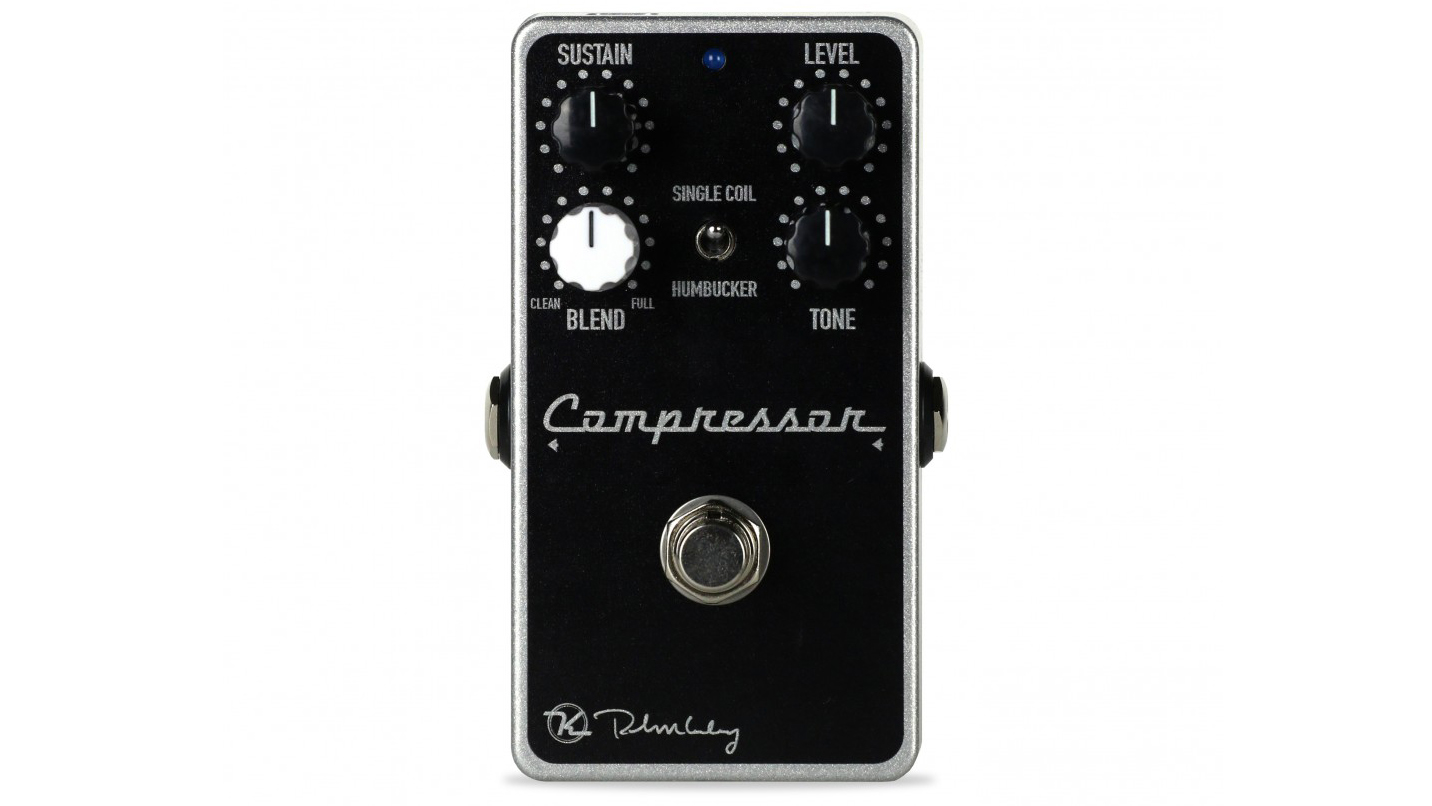
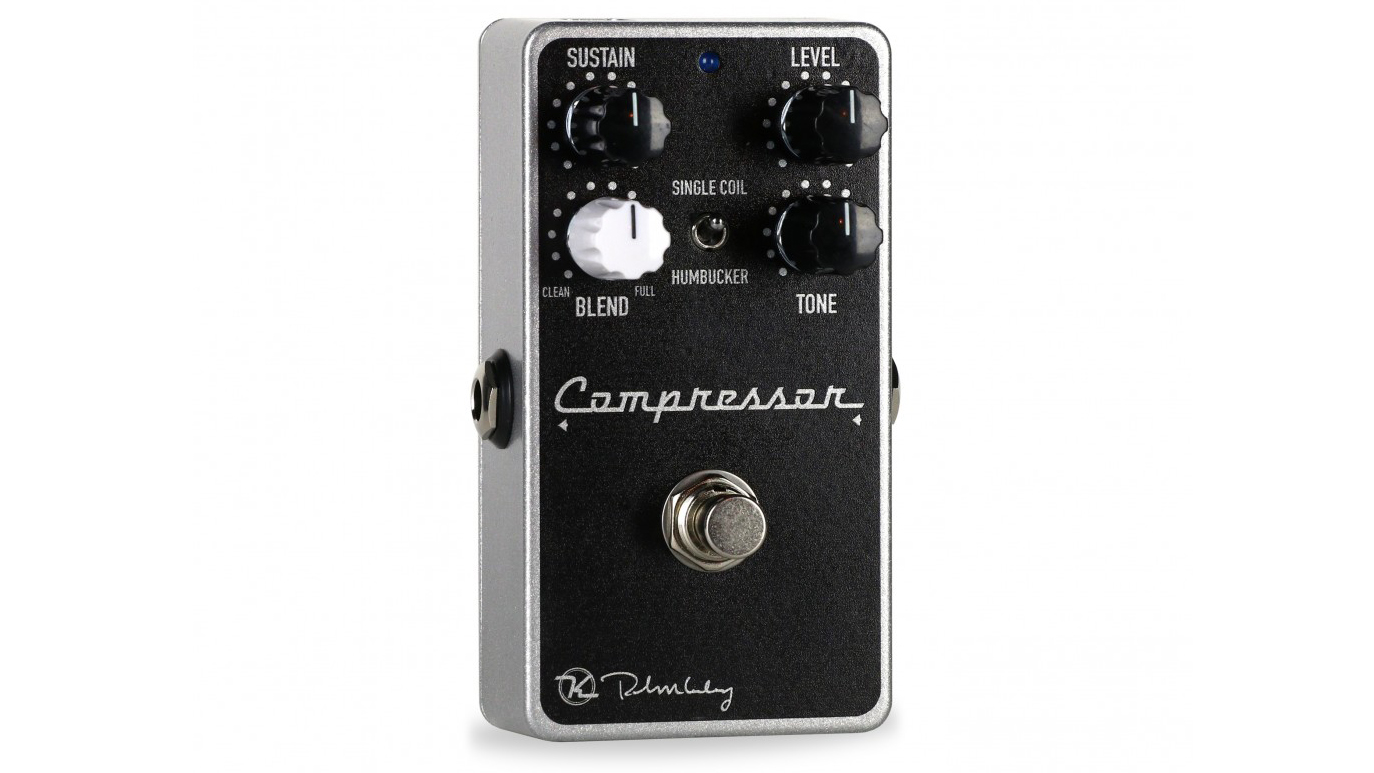
1. Keeley Compressor Plus
Specifications
Reasons to buy
Reasons to avoid
This update to the most popular boutique compressor pedal in the world strips things back to basics; simplicity is the focus of the Compressor Plus, with a humbucker/single coil release switch that automatically adjusts attack and release for a guitar’s pickup type.
Elsewhere, the tone control emphasises sensitive harmonics that can be lost in compression, while sustain and blend function exactly as you’d expect. Top-quality compression doesn't get much easier than this.
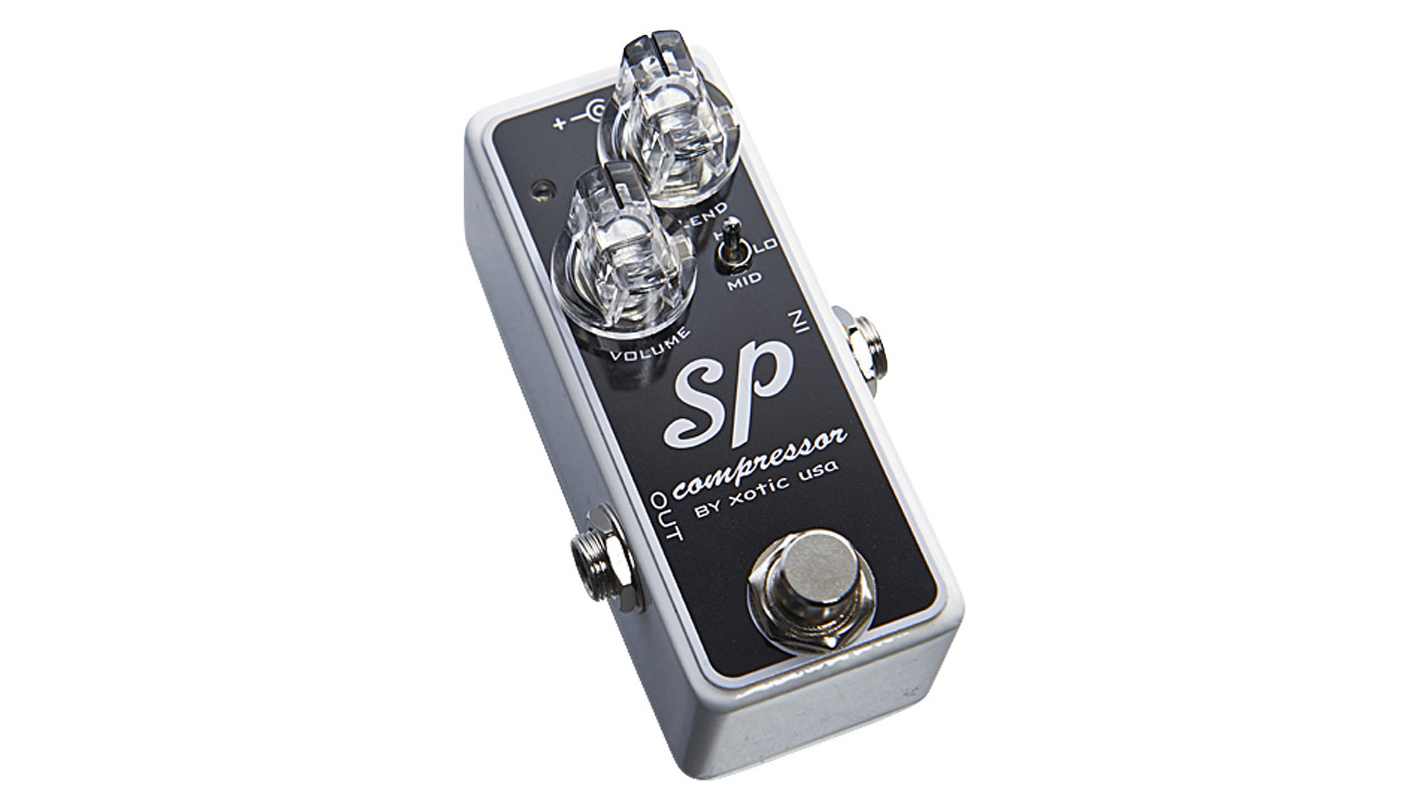
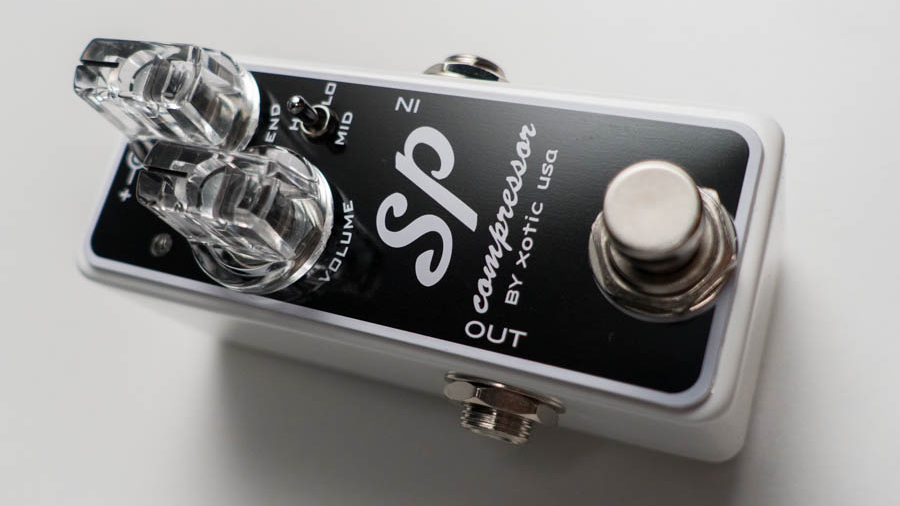
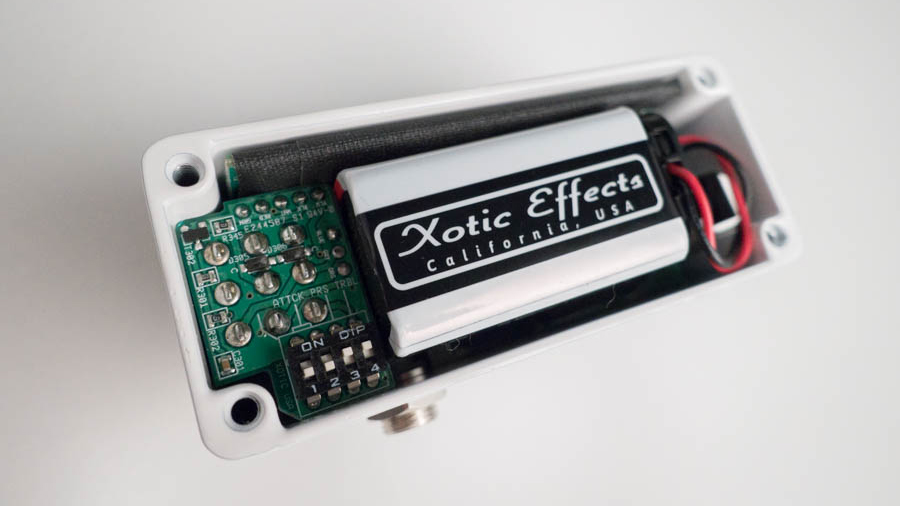
Specifications
Reasons to buy
Reasons to avoid
The Xotic SP features the same OTA (operational transconductance amplifier) technology as the Ross Compressor, so it provides the sort of squash familiar to many guitarists. A three-way switch sets the strength of the compression, and there are internal DIP switches, giving access to four attack/release options that add snap to the start of your note, a hi-cut filter and an input pad for high-powered humbuckers.
The best thing, though, is what you can dial in with the two knobs: an output volume knob with up to +15dB of boost and a blend knob to give you dry sound mixed with the compressed. With the combination of boost and compression offering loads of options, this is a versatile addition to any 'board.
Read the full Xotic SP Compressor review
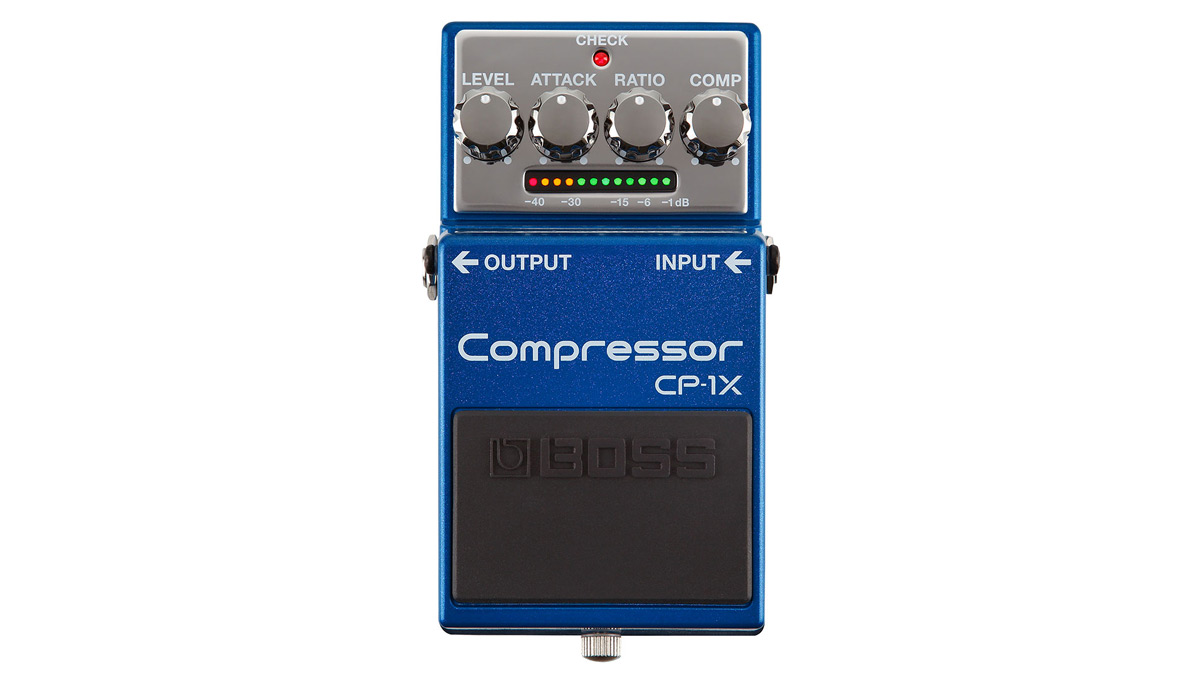
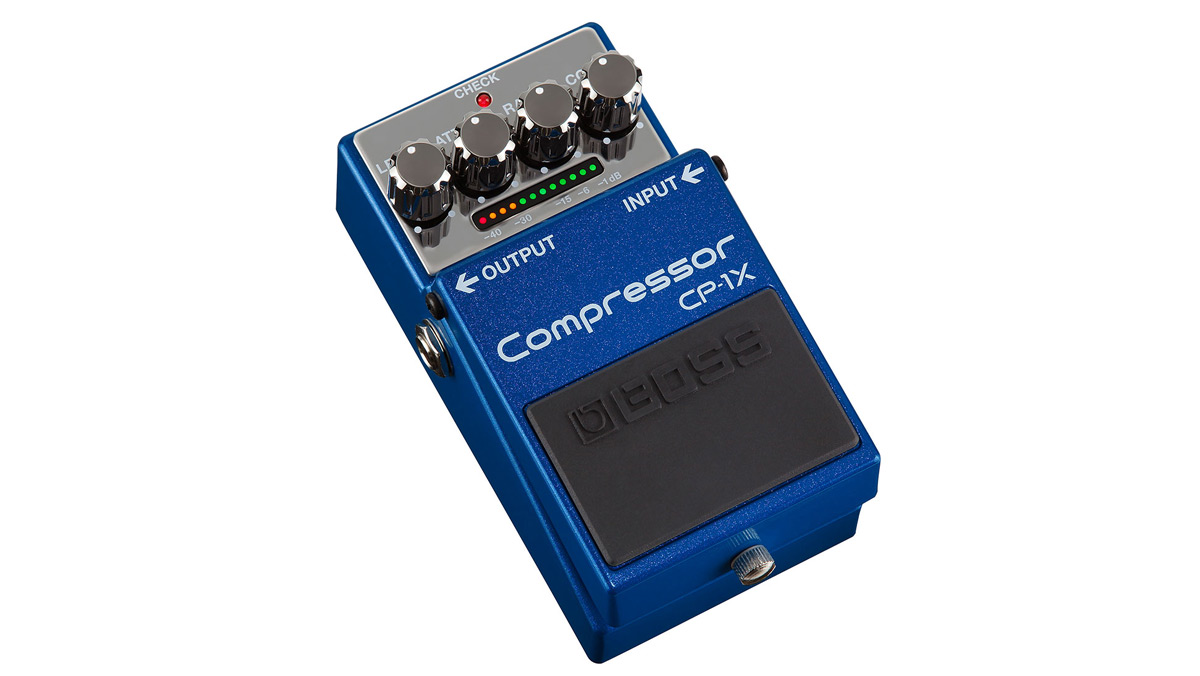
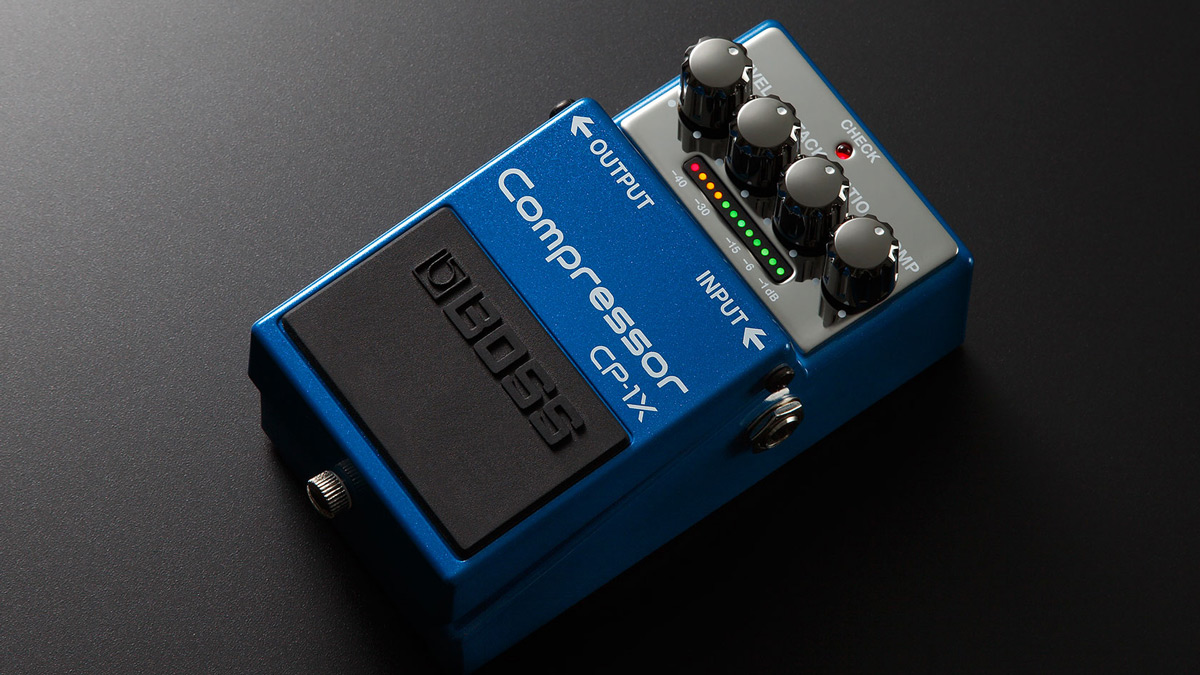
Specifications
Reasons to buy
Reasons to avoid
The CP-1X is a digital multi-band compressor, with Boss's cunning Multi-Dimensional Processing. With an internal charge pump to 18 volts, a normal nine-volt power supply will suffice for optimal operation and allow for more headroom.
The ubiquity of Boss units means that the layout is intuitive, moreover, there are simply so many decent sounds available in this pedal that it’s hard to come unstuck. There's even a handy gain-reduction indicator to show your current compression amount.
Read the full Boss CP-1X Compressor review
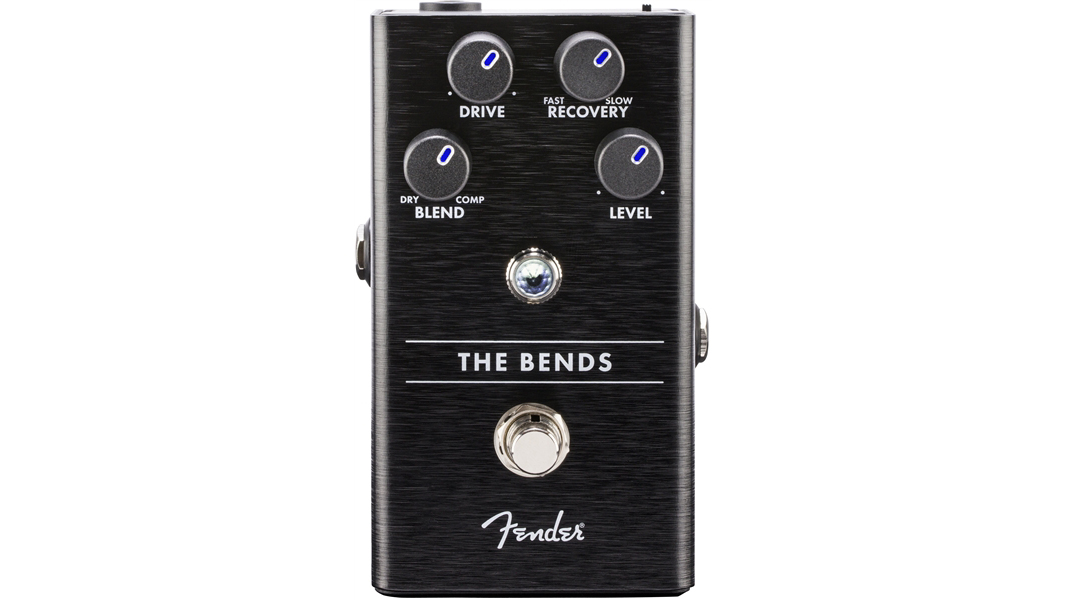
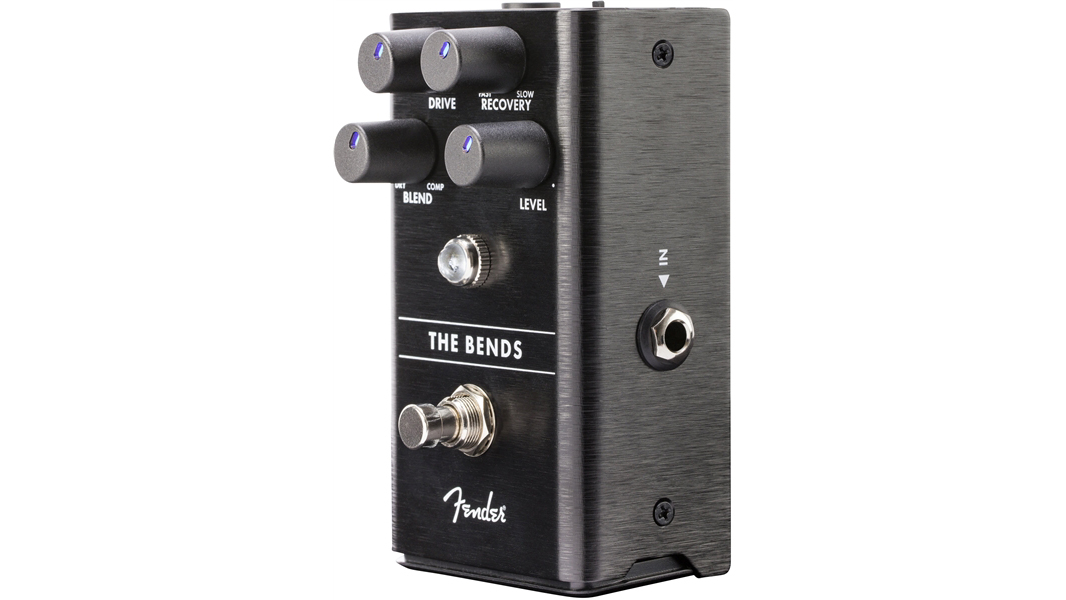
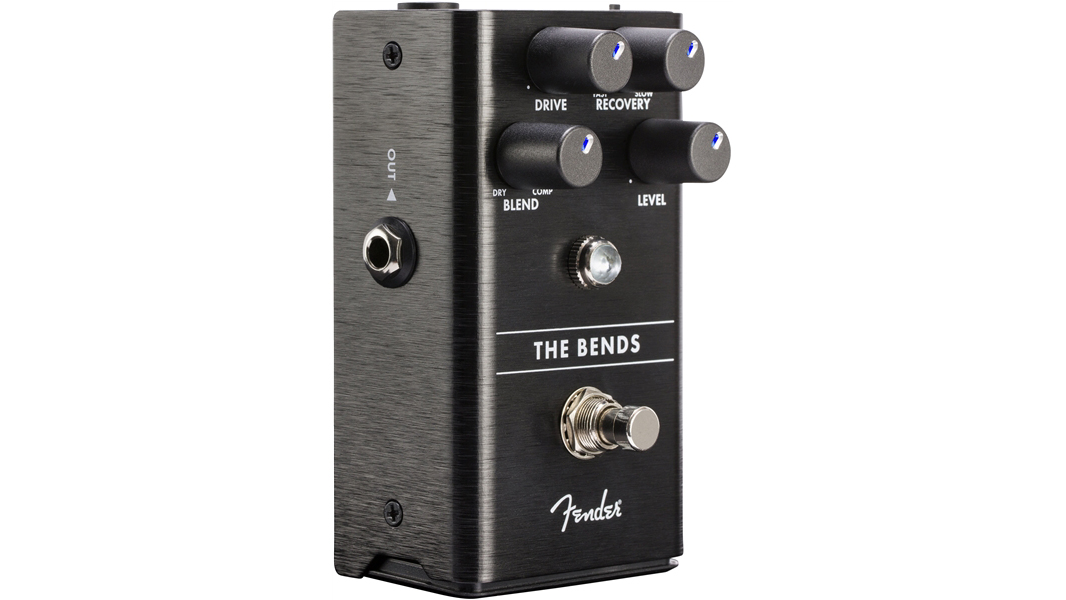
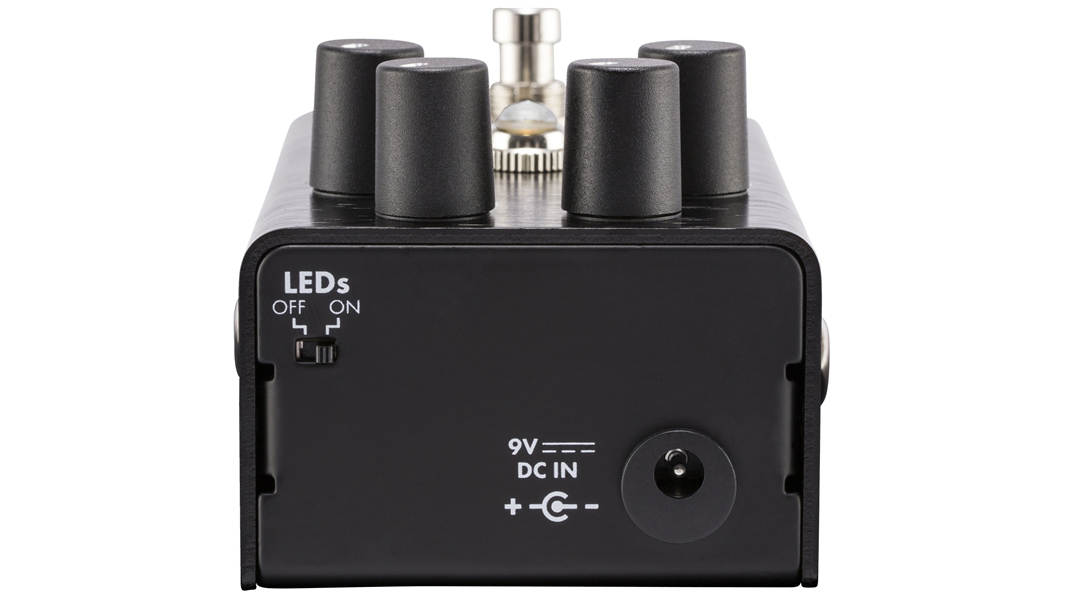
Specifications
Reasons to buy
Reasons to avoid
The Bends is an OTA (operational transconductance amplifier) based compressor, and follows in a long line of classic guitar compressors that have used similar technology (Ross, Dyna Comp etc), but has a blend control so you don’t have to compress the whole signal. The drive knob turns up the compression with the LED glowing pink rather than white when you are compressing the signal.
There are also knobs for release time for the compression (recovery) and output volume. The pedal has little hiss, adds a nice snap to your note envelope without being too obtrusive and, via the Blend knob, can add compression effects, such as increased sustain, without totally squashing your core sound.
Read the full Fender The Bends Compressor review
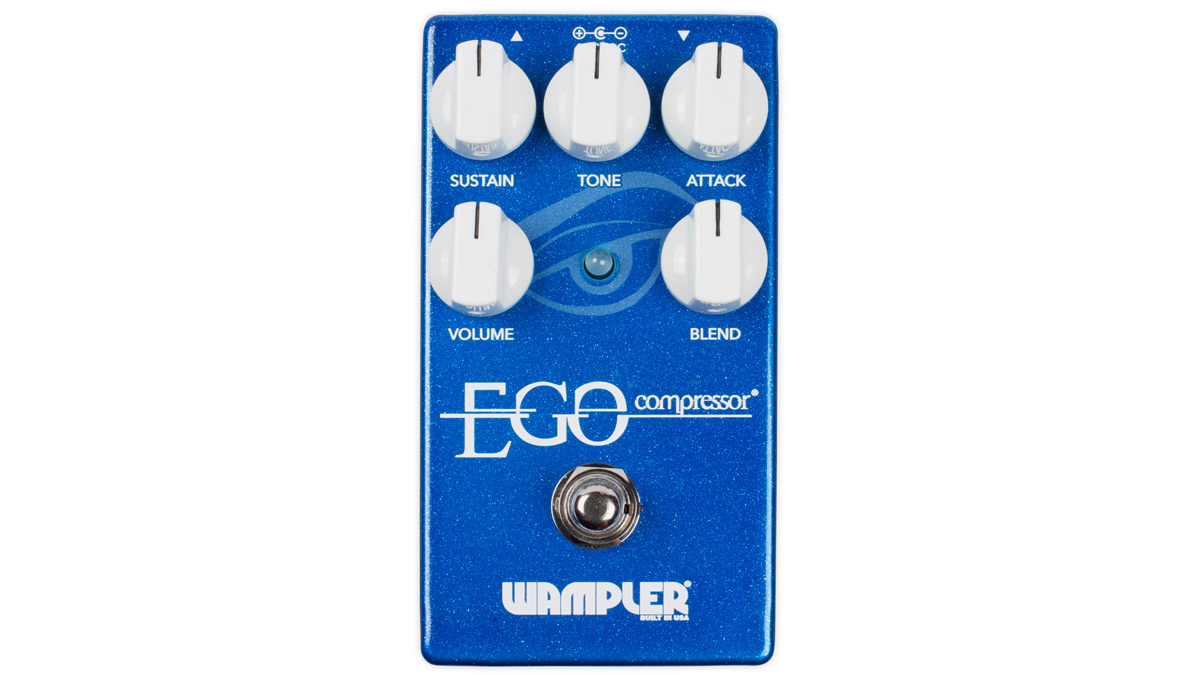
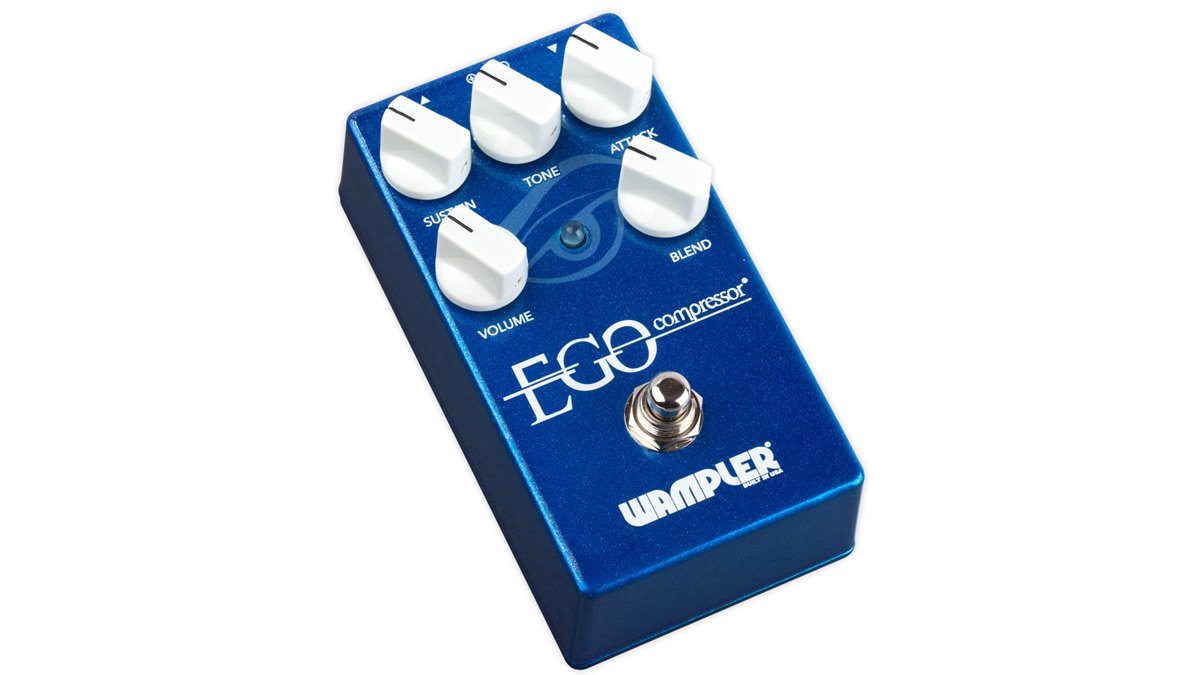
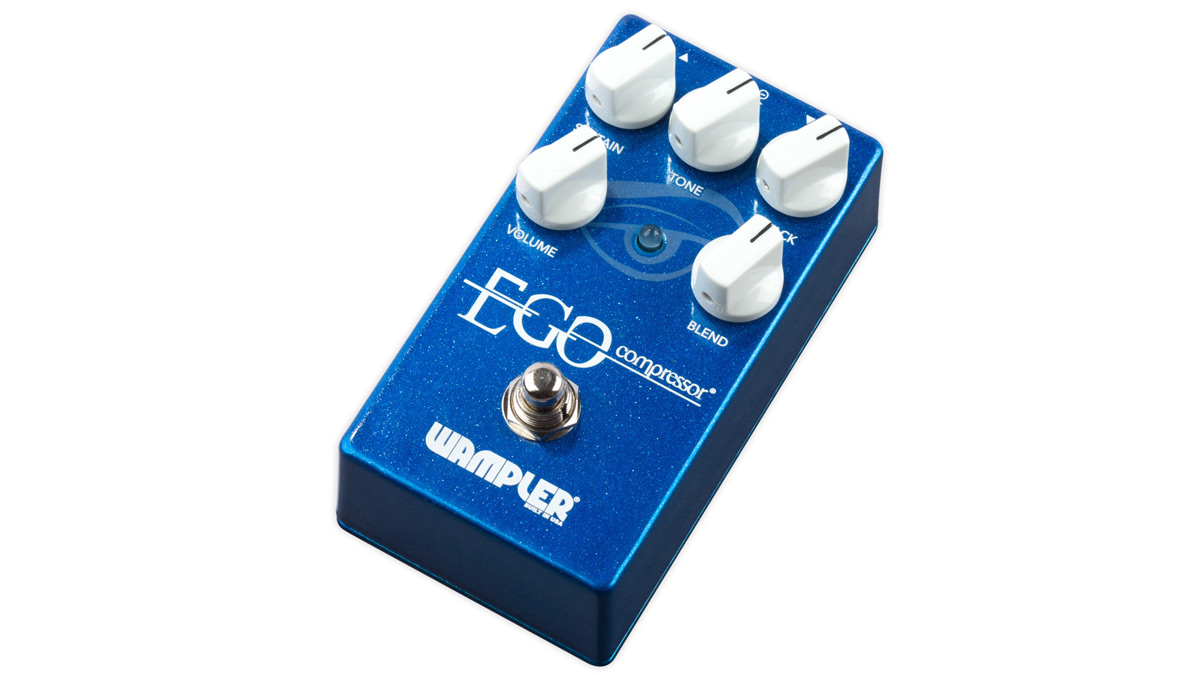
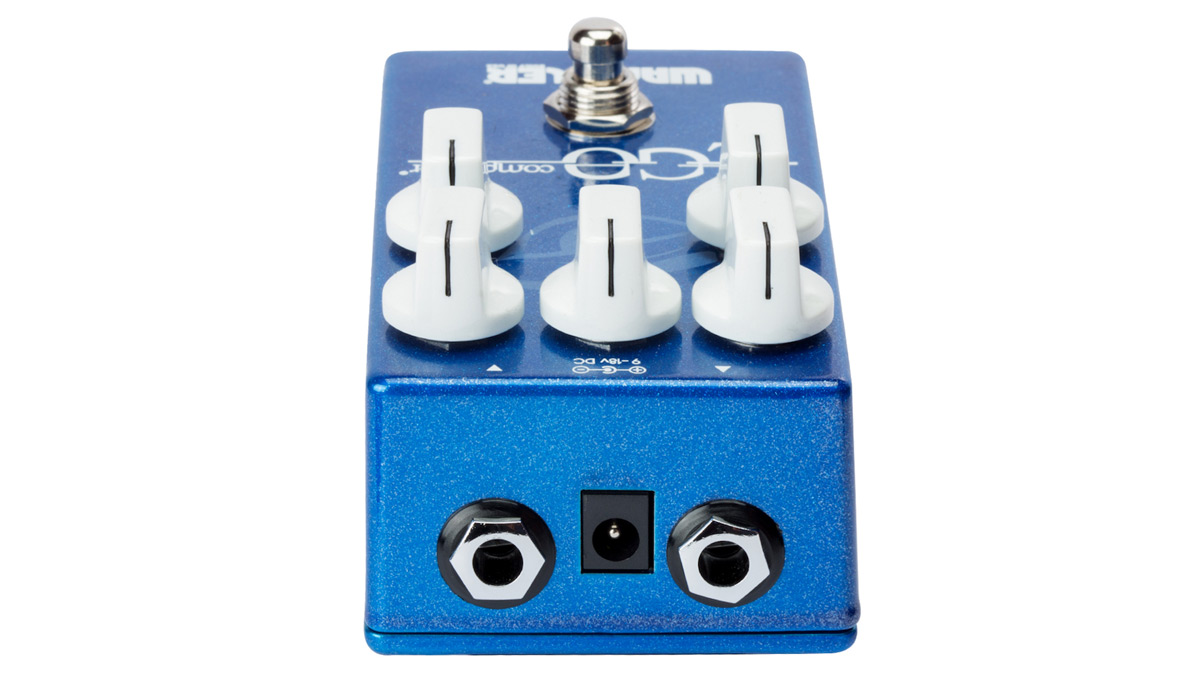
Specifications
Reasons to buy
Reasons to avoid
A lot of guitar compressors are based on variations of the classic Ross Compressor/MXR Dyna Comp circuitry, and the Ego is no exception - but it adds some extra features that greatly increase its versatility, most notably blend and tone knobs. You get a sustain control to effectively increase the amount of compression, and an attack knob, which tweaks the start of your note envelope to give it the sort of 'snap' that works so well for country picking.
But it's actually the blend knob that gives you loads more options for a natural but compressed sound, allowing some of your unprocessed tone through in parallel with the compressed. Whatever you need a compressor for, this should deliver it for you. There's a mini version available now, too.
Read the full Wampler Ego Compressor review
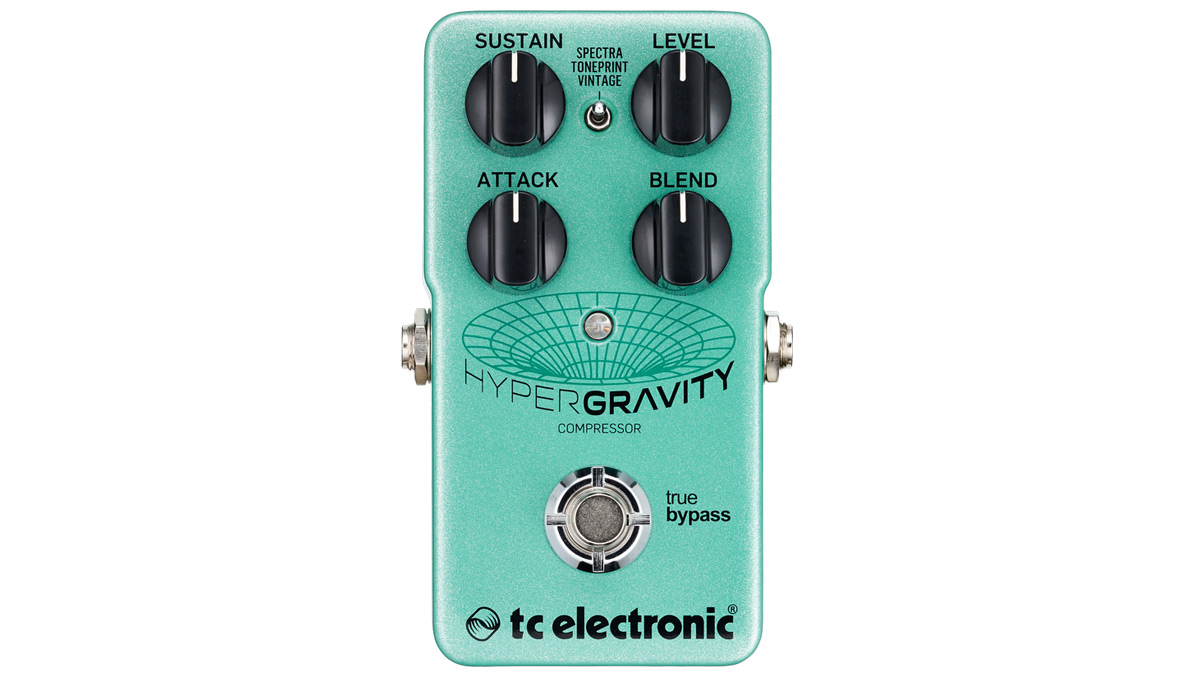
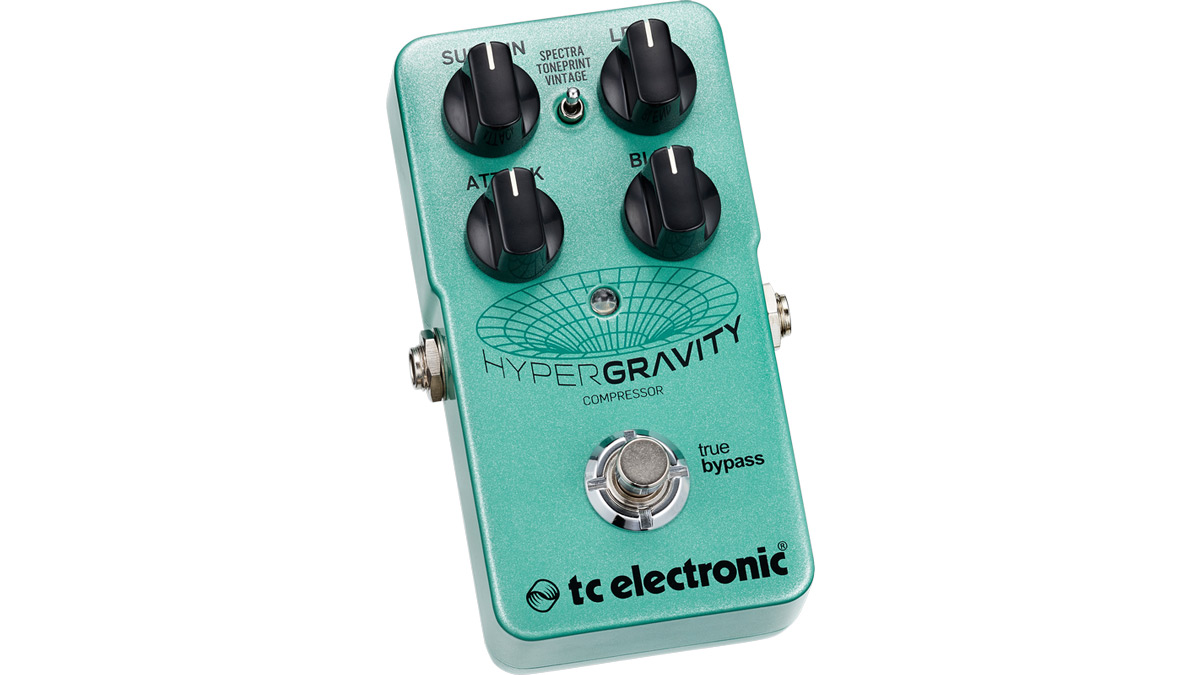
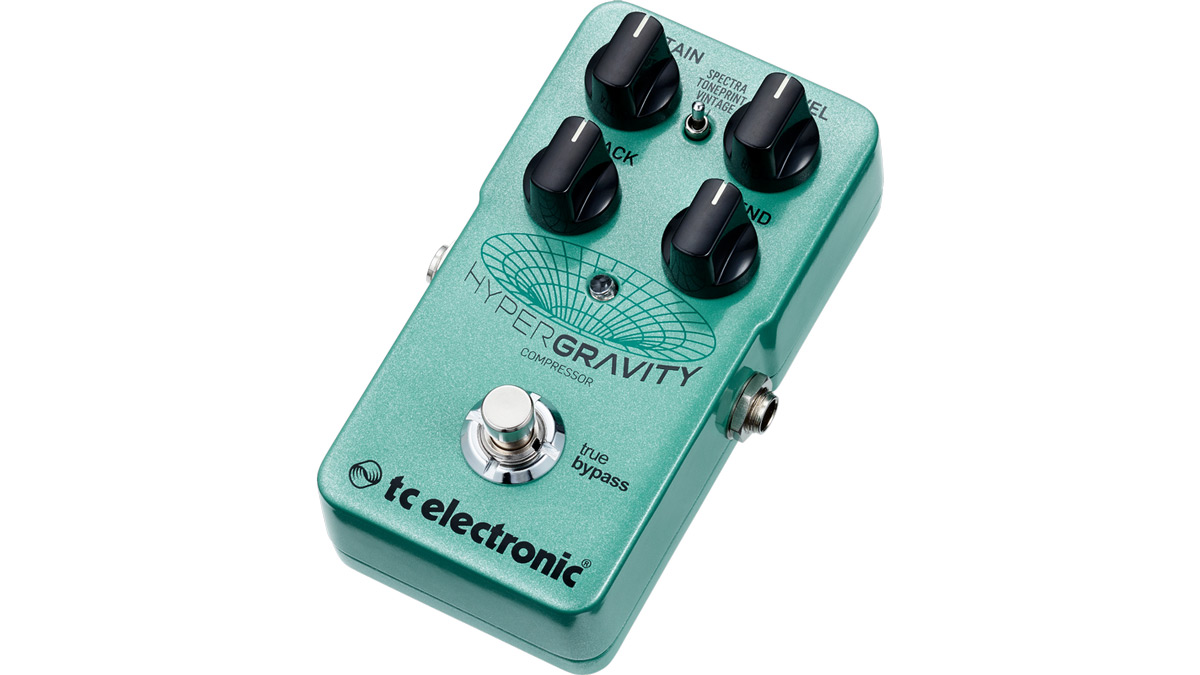
Specifications
Reasons to buy
Reasons to avoid
The HyperGravity features a blend facility as well as a range of different types of compression. A three-way switch enables you to select Vintage or Spectra, representing respectively the sort of squashy tone typical of the most-copied of stompbox compressor designs and multi-band compression that offers a more transparent signal control.
Both do a decent job, but the jewel in the crown is the TonePrint option, where you can load the pedal with compression programmed by TC, one of its roster of guitarists, or create your own with the software editor. There's plenty of extra gain, too, so you can use the pedal to drive an amp.
Read the full TC Electronic HyperGravity Compressor review
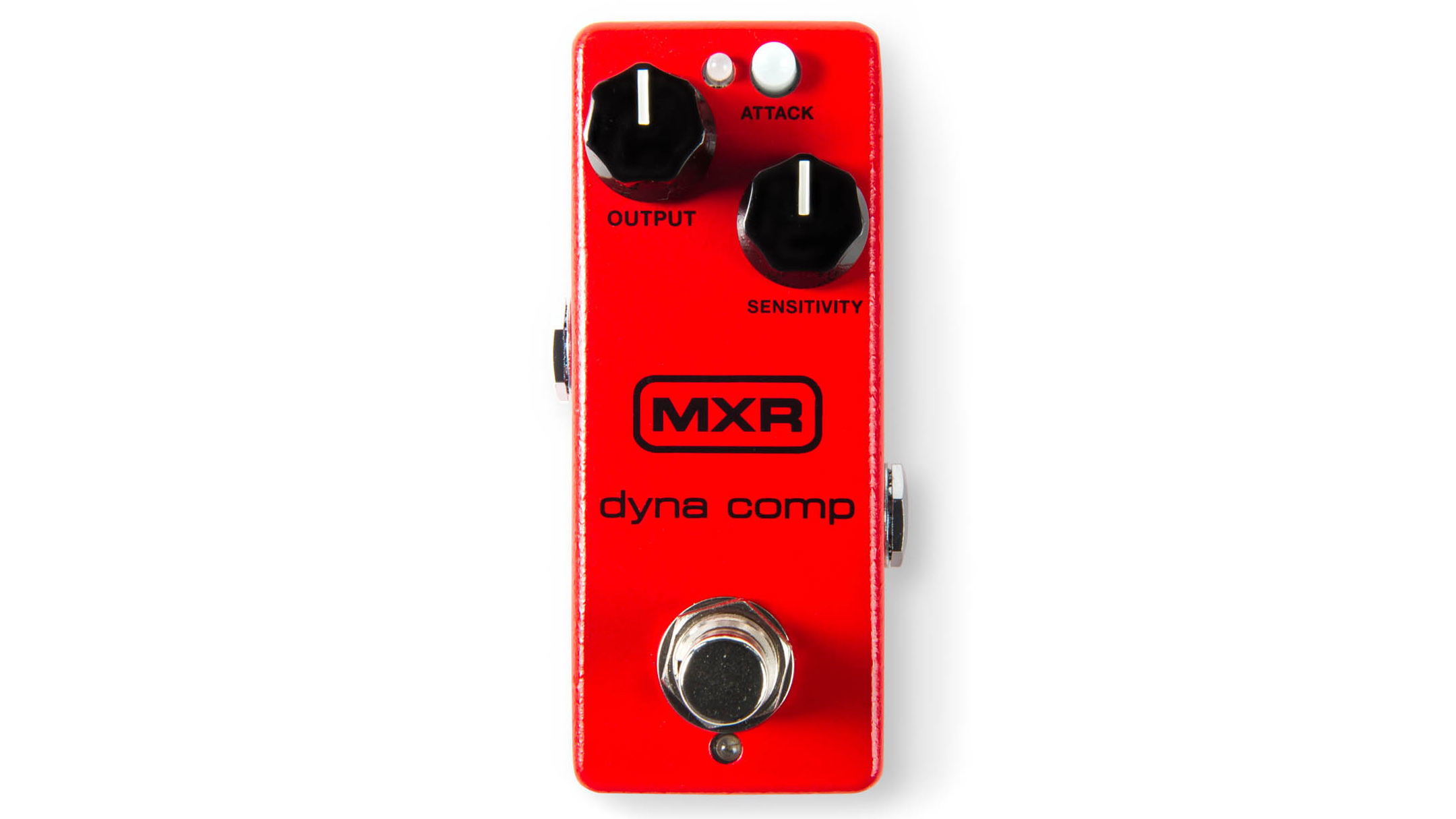
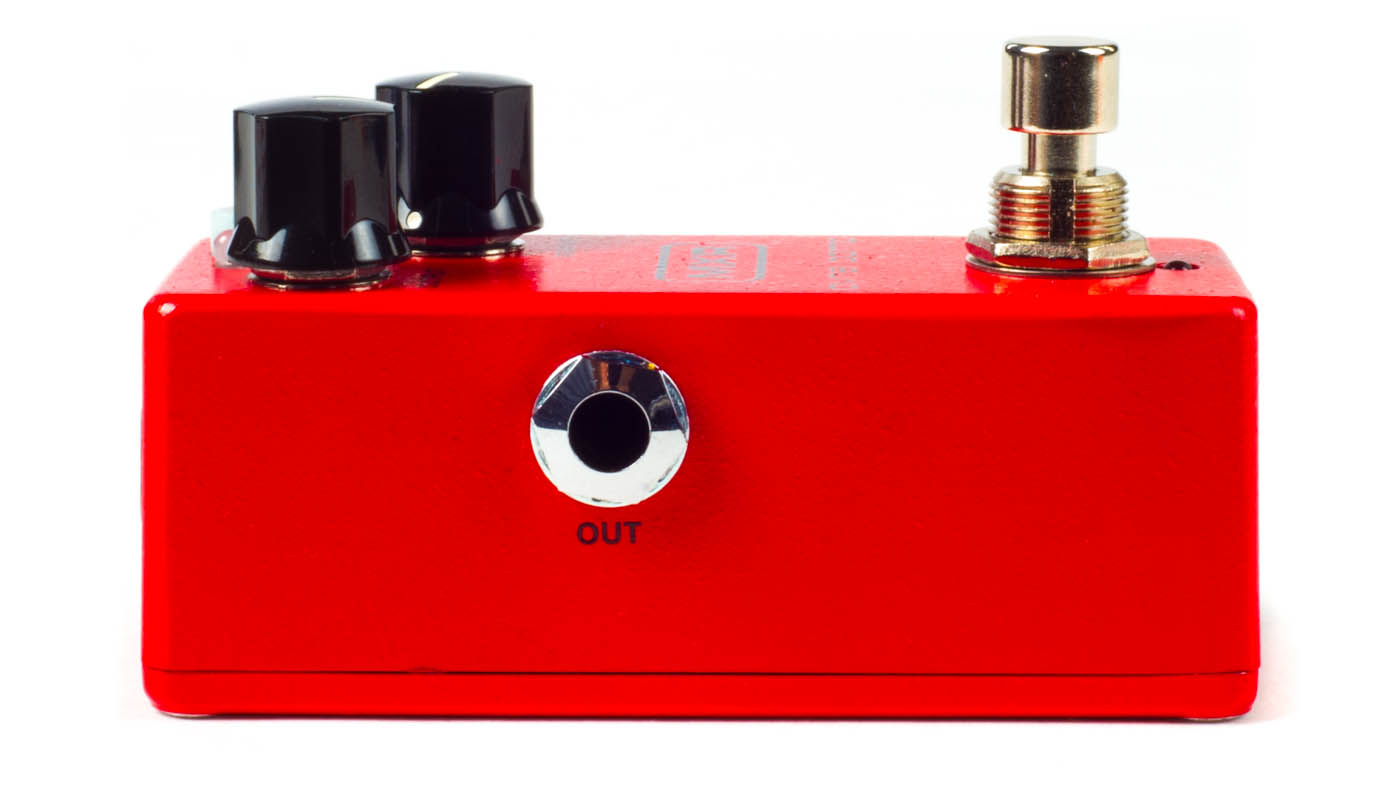
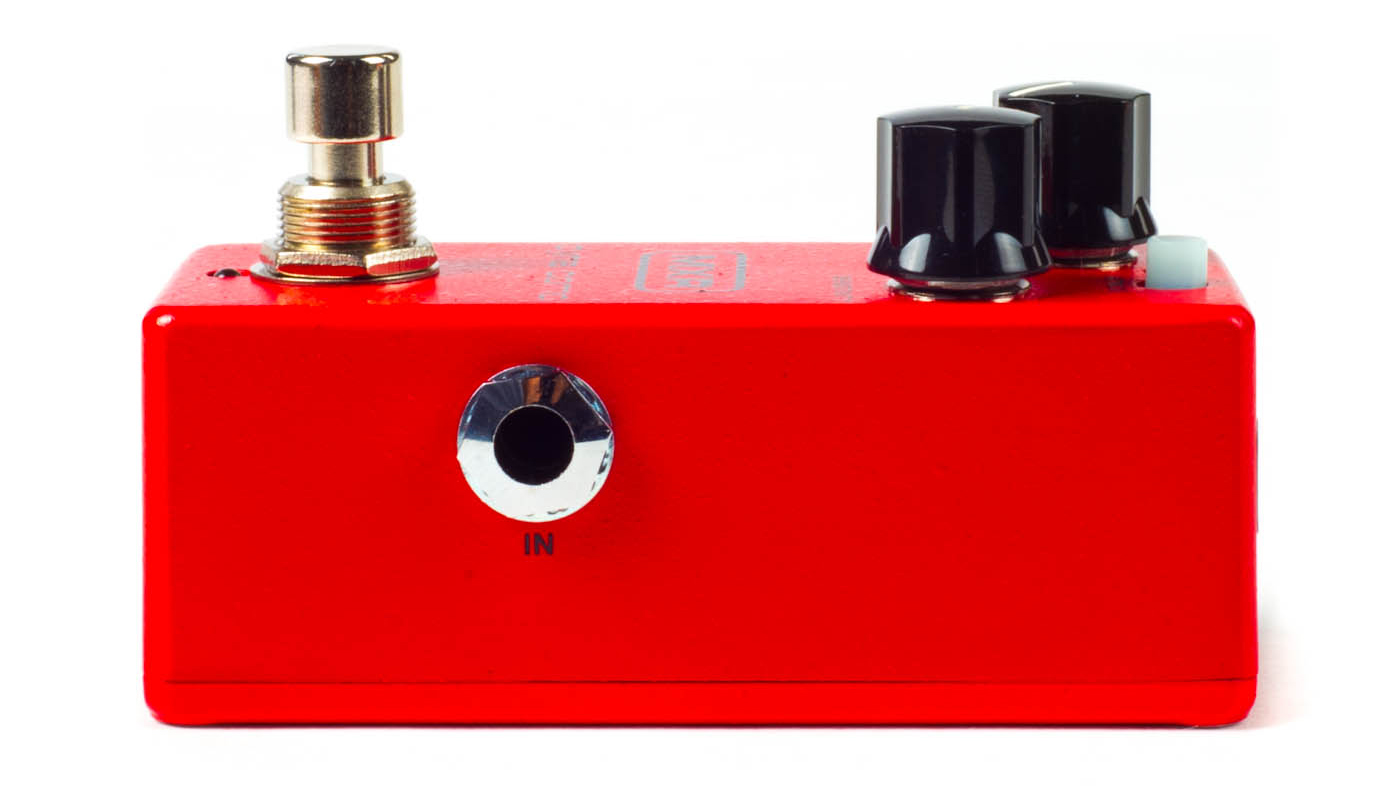
Specifications
Reasons to buy
Reasons to avoid
We'd be remiss to put together a round-up of the best compressor pedals and not include the much-copied Dyna Comp. This mini version of the larger original adds a welcome toggle switch for attack, in addition to its output and sensitivity controls.
Although pinning down more subtle compression tones isn't that straightforward, that famous Dyna Comp squash is here in abundance, now in a handy mini-pedal format.
Read the full MXR Dyna Comp Mini review
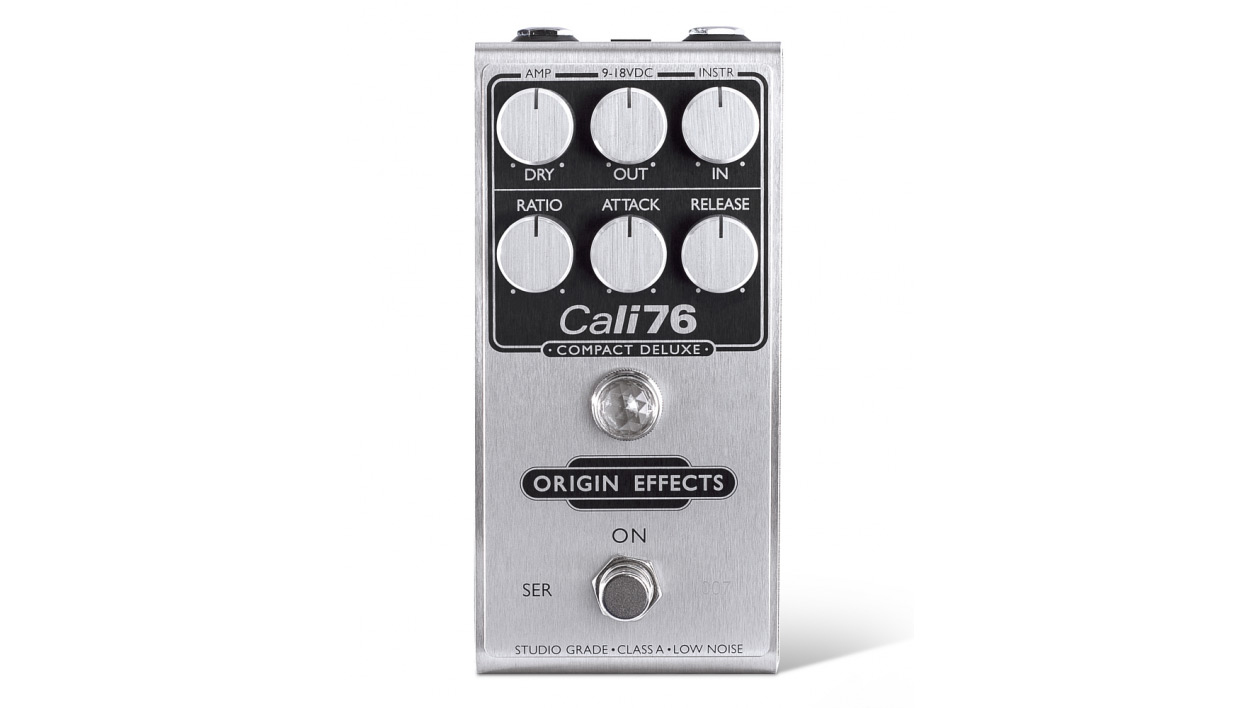
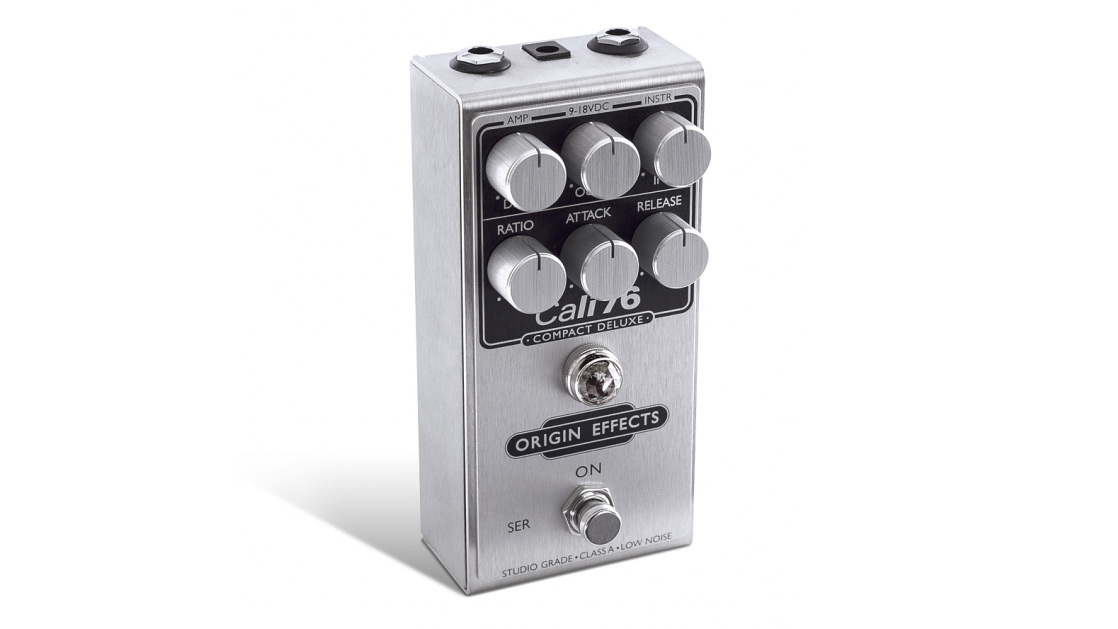
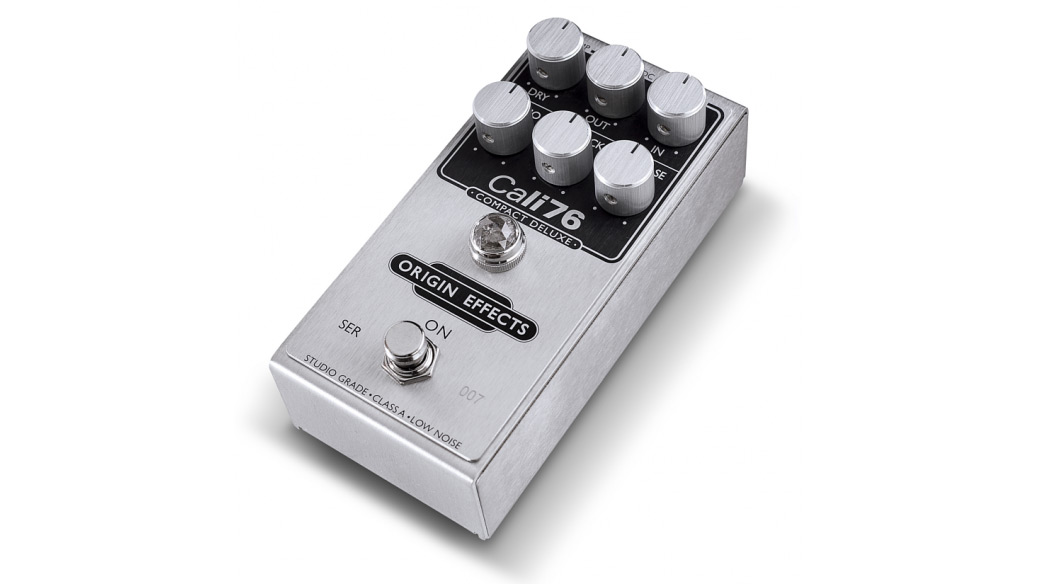
8. Origin Effects Cali76 Compact Deluxe
Specifications
Reasons to buy
Reasons to avoid
Origin's Cali76 is a 1960s-style FET compressor inspired by the UREI 1176 with the topology of the design faithful to the original, but with the circuitry condensed to fit into a floor pedal. The Compact Deluxe downsizes the format further, and features a parallel mix control, plus separate knobs for attack, release and ratio.
The Cali76 is incredibly quiet – some stompbox compressors can get a bit noisy, but this one is well-mannered and more like a rackmount unit. Another thing is its tonal character. There's a subtle but distinct sense that what comes out sounds better than what went in, with a perceived increase in presence. If you're looking for quality low-noise FET studio compression in a pedal, this is the answer.
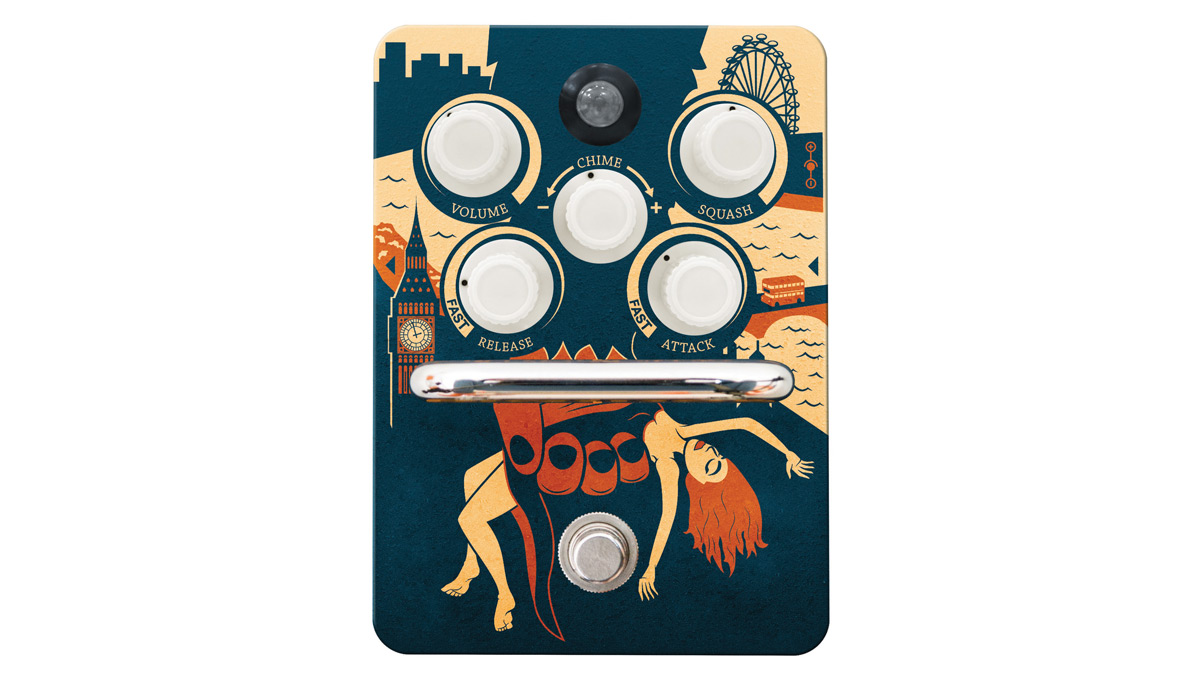
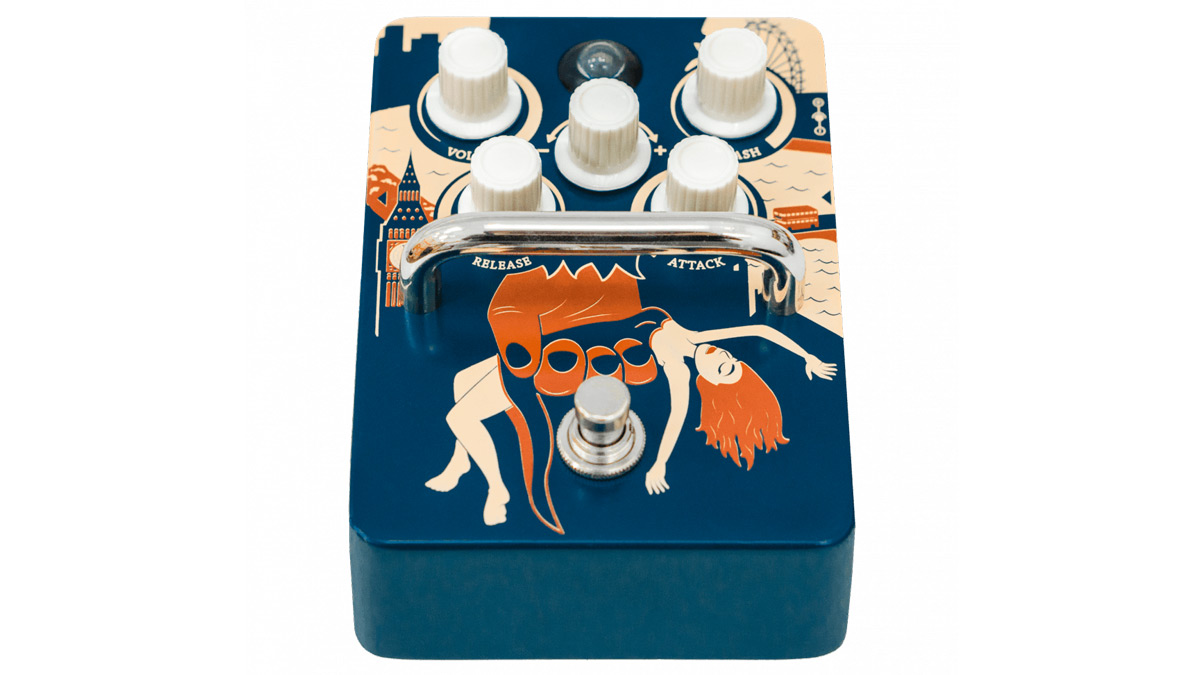
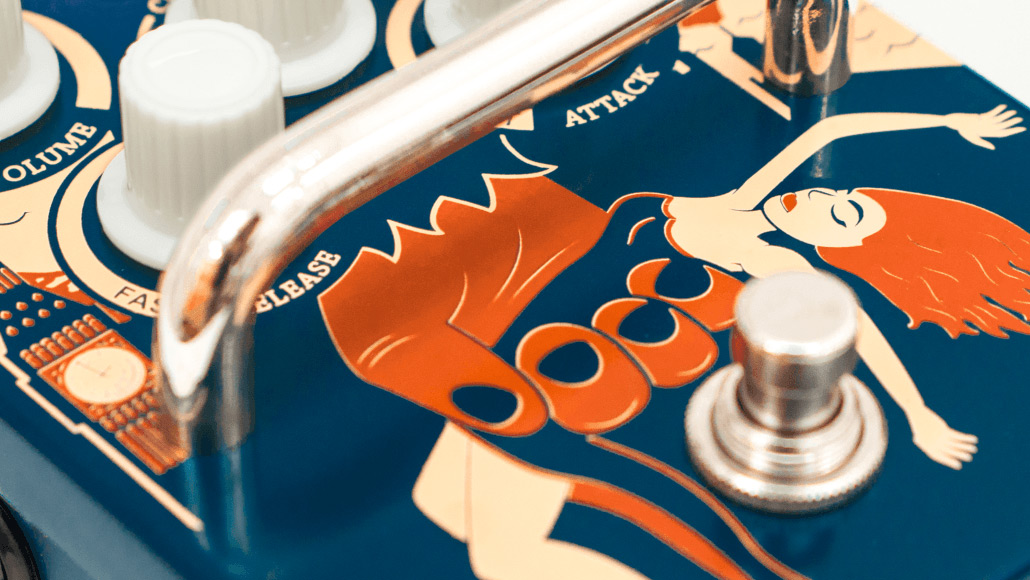
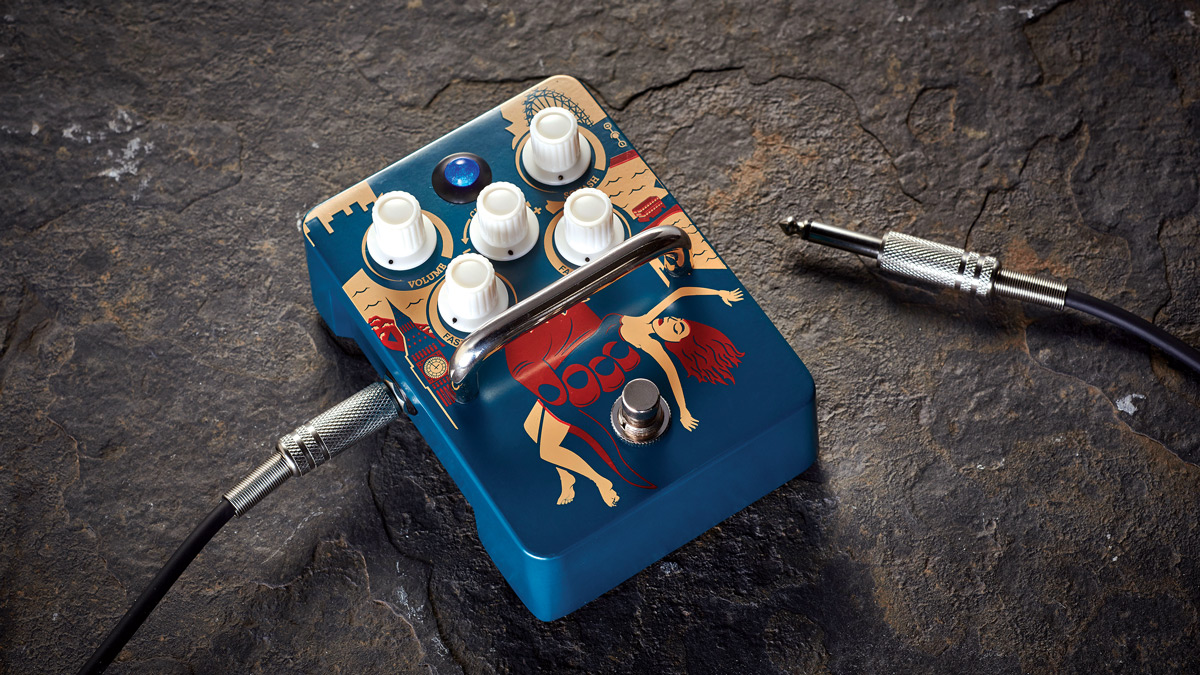
Specifications
Reasons to buy
Reasons to avoid
For the Kongpressor, Orange has employed an optical design with an innovative floating sidechain – plus the addition of a reissue Vactrol VTL5C3 octupler, used in certain vintage compressors, notably the LA-2A. The Kongpressor features an internal charge pump, which doubles the operating voltage to 18 volts, increasing the headroom. The volume knob offers up to 12dB of clean boost, and you can also get some tonal shift at the same time courtesy of the chime knob, an active treble control that can add some useful zing or, alternatively, calm the top-end for a smoother vibe.
As compressors go, the Kongpressor is very natural-sounding. It doesn’t exhibit the overly obvious audible squash with radical reshaping of the envelope that some models provide, yet the compression is there, bolstering your tone with a solid consistency and adding sustain when needed.
Read the full Orange Kongpressor review
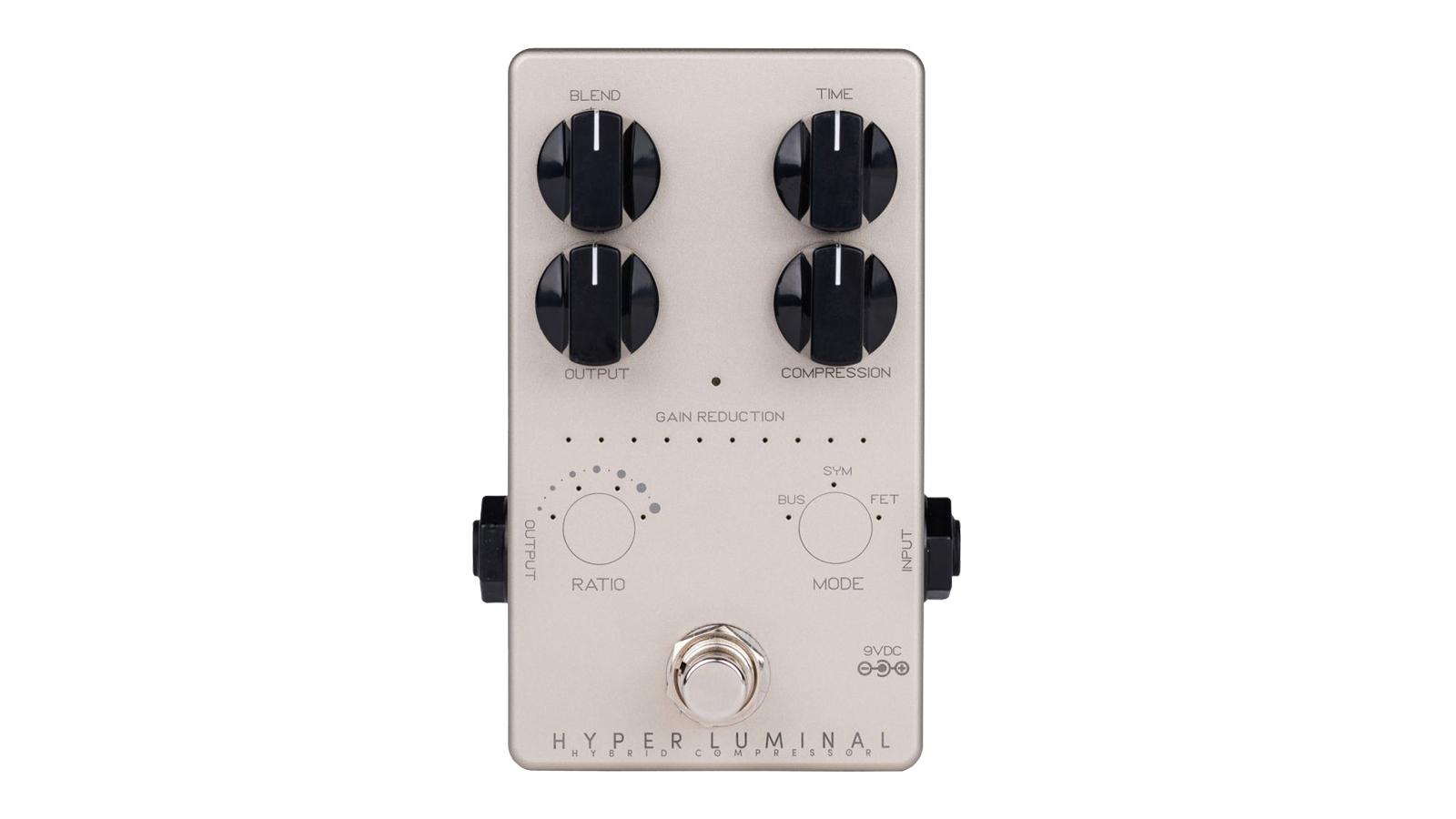
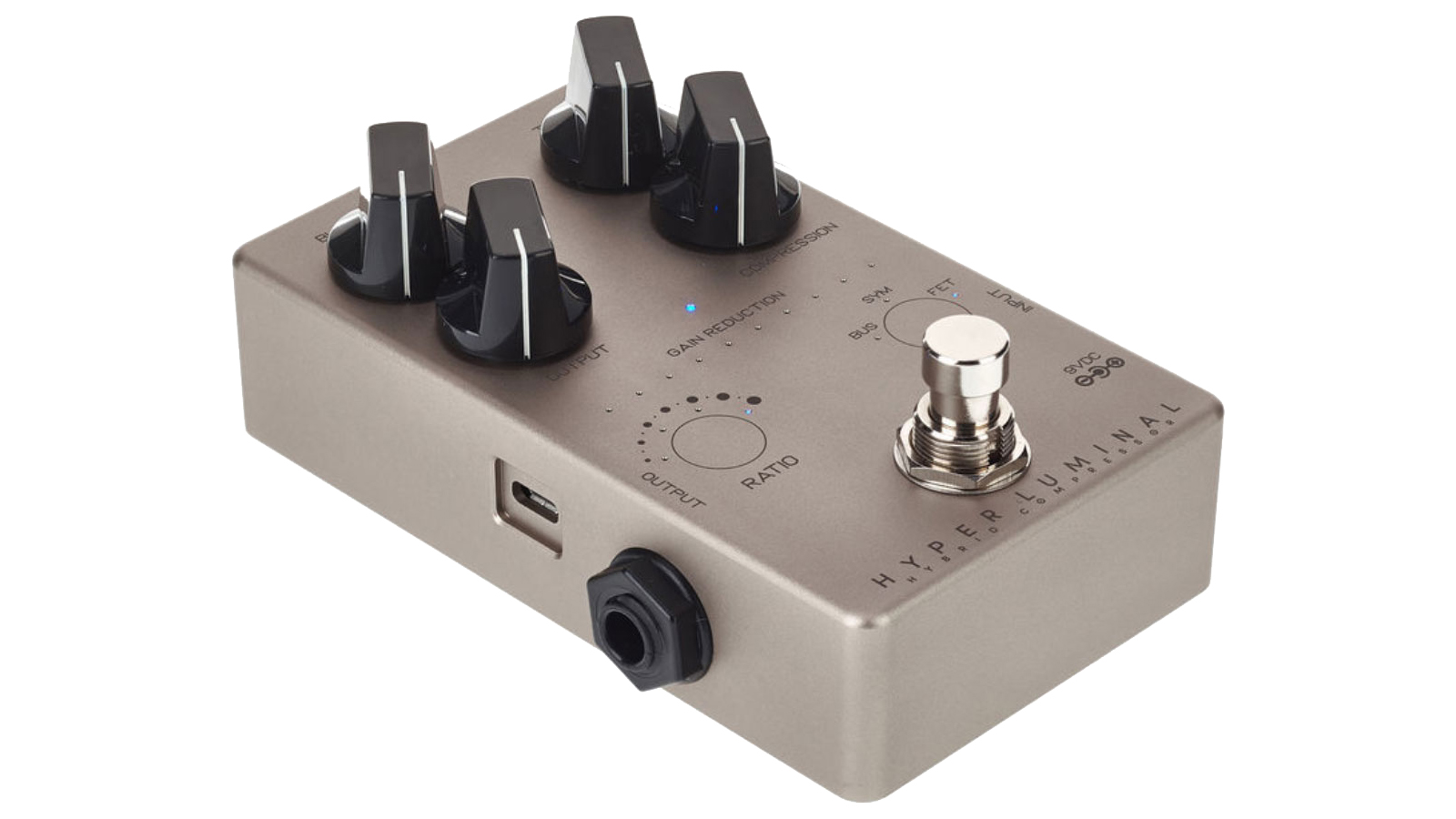
Specifications
Reasons to buy
Reasons to avoid
Fear not, bassists - we haven't forgotten about you. Darkglass makes some of the best bass effects pedals around, so including a compressor from any other brand seems rude.
The Hyper Luminal channels the company's Apple-like design ethos - smooth, slick and ultimately, a total powerhouse. In terms of controls, the Hyper Luminal is pretty straightforward. A blend dial mixes the clean and effected signals, the time control sets the attack and release, the compression control sets the amount of effect, and the output sets... well... the output.
Two touch sensors also join the party - adjusting the amount of compression ratio and choosing between Bus (modelled after the SSL Bus compressor), Sym (Darkglass's discontinued Super Symmetry 115 GeV compressor) and Fet (inspired by the 1176) modes. It's an expensive pedal for something which is essentially designed to not be heard, but Darkglass pedals are rarely anything other than incredible.
Read the full Darkglass Hyper Luminal Hybrid Compressor review
Best compressor pedals: Buying advice
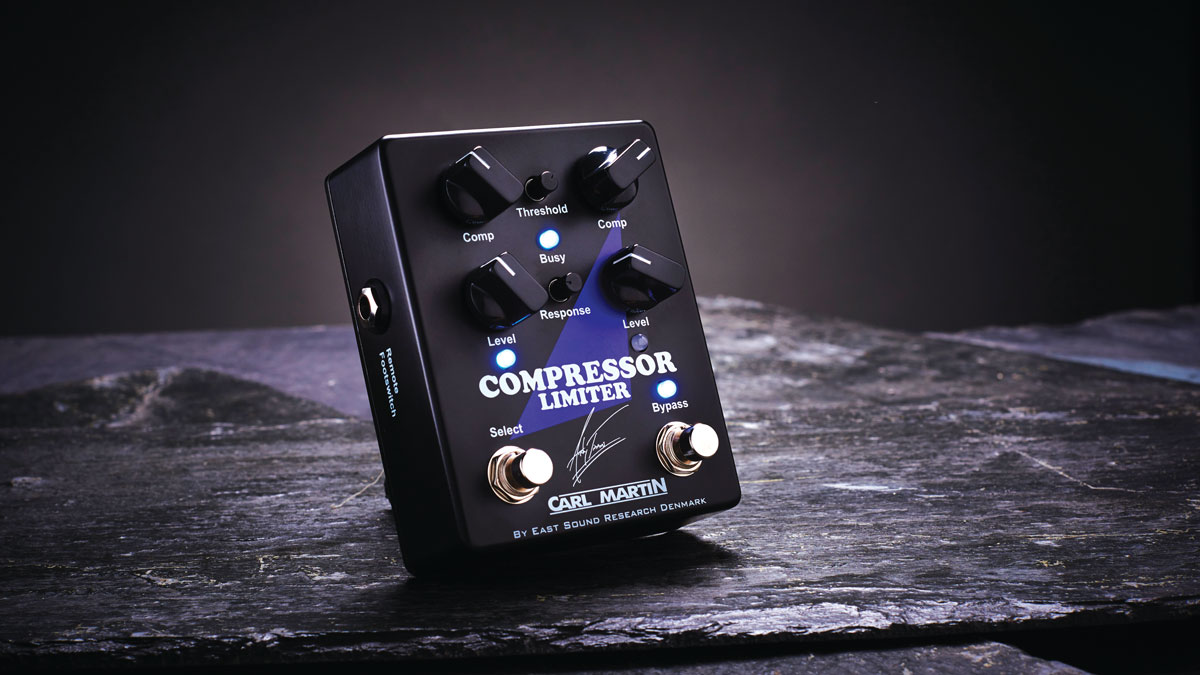
Why do I need a compressor?
Different players will have different needs, but in general, compressor pedals are ideal for anyone who will spend most of their time on an amp’s clean channel. For country players – a more aggressive compression ‘suck’ that boosts in treble (plus a healthy dollop of slapback delay) will get you right into Albert Lee and Brent Mason territory, perfectly suited to all those double-stops and hybrid picking licks.
For funk – a more subtle and transparent compression that retains more warmth a la Nile Rodgers would be ideal, especially considering a lot of funk players stick to the triads and dyads on the higher strings as opposed to fully voiced chords across all six. Ultimately, however, it’s down to each player – follow your ears to find the right pedal for you.
What kind of compression do I need?
Thankfully there’s a massive range of compressor pedals to choose from – some being more simple and staying true to the tone of the amp they’re going into and others which offer boosts across the EQ bandwidth and even boost or distortion for more growl.
If you’re the kind of player who likes an extra push into an overdrive channel, with any changes in tone, a compressor pedal can also act like a boost – provided the attack and sustain knobs are kept low.
How we chose the best compressor pedals for this guide
MusicRadar's got your back
Here at MusicRadar, we are experts in our field, with many years of playing, creating and product testing between us. We live and breathe everything music gear related, and we draw on this knowledge and experience of using products in live, recording and rehearsal scenarios when selecting the products for our guides.
When choosing what we believe to be the best compressor pedals available right now, we combine our hands-on experience, user reviews and testimonies and engage in lengthy discussions with our editorial colleagues to reach a consensus about the top products in any given category.
First and foremost, we are musicians, and we want other players to find the right product for them. So we take into careful consideration everything from budget to feature set, ease of use and durability to come up with a list of what we can safely say are the best compressor pedals on the market right now.
Find out more about how we test music gear and services at MusicRadar.
Related buying guides
- The best distortion pedals available today
- Our pick of the best overdrive pedals for guitar
- A new home for your FX? These are the best pedalboards
- Shop our pick of the best reverb pedals for your 'board
- Get dirty with the best fuzz pedals
- These are the best guitar effects pedals in all categories
- Explore the best pedalboard power supplies you can buy today
- Need some inspiration? Check out these gifts for guitar players
Want all the hottest music and gear news, reviews, deals, features and more, direct to your inbox? Sign up here.
James is a freelance writer and former Junior Deals Writer at MusicRadar. Before writing, James worked as a guitar salesman at a local music store, so he knows a thing or two about matching people with their perfect instruments. James also has experience working in other areas of the music trade, having worked for the online music distributor, RouteNote. James is a guitarist, bassist and drummer and has also toured the UK and Europe with his old band Hypophora.
